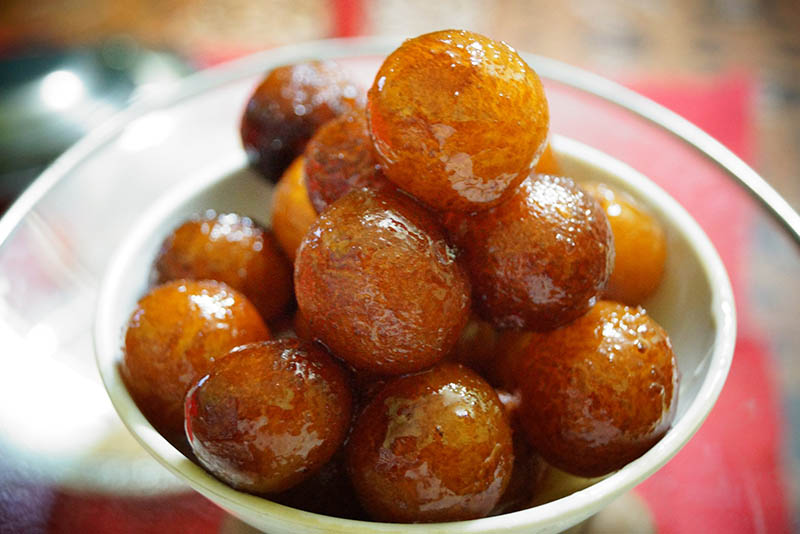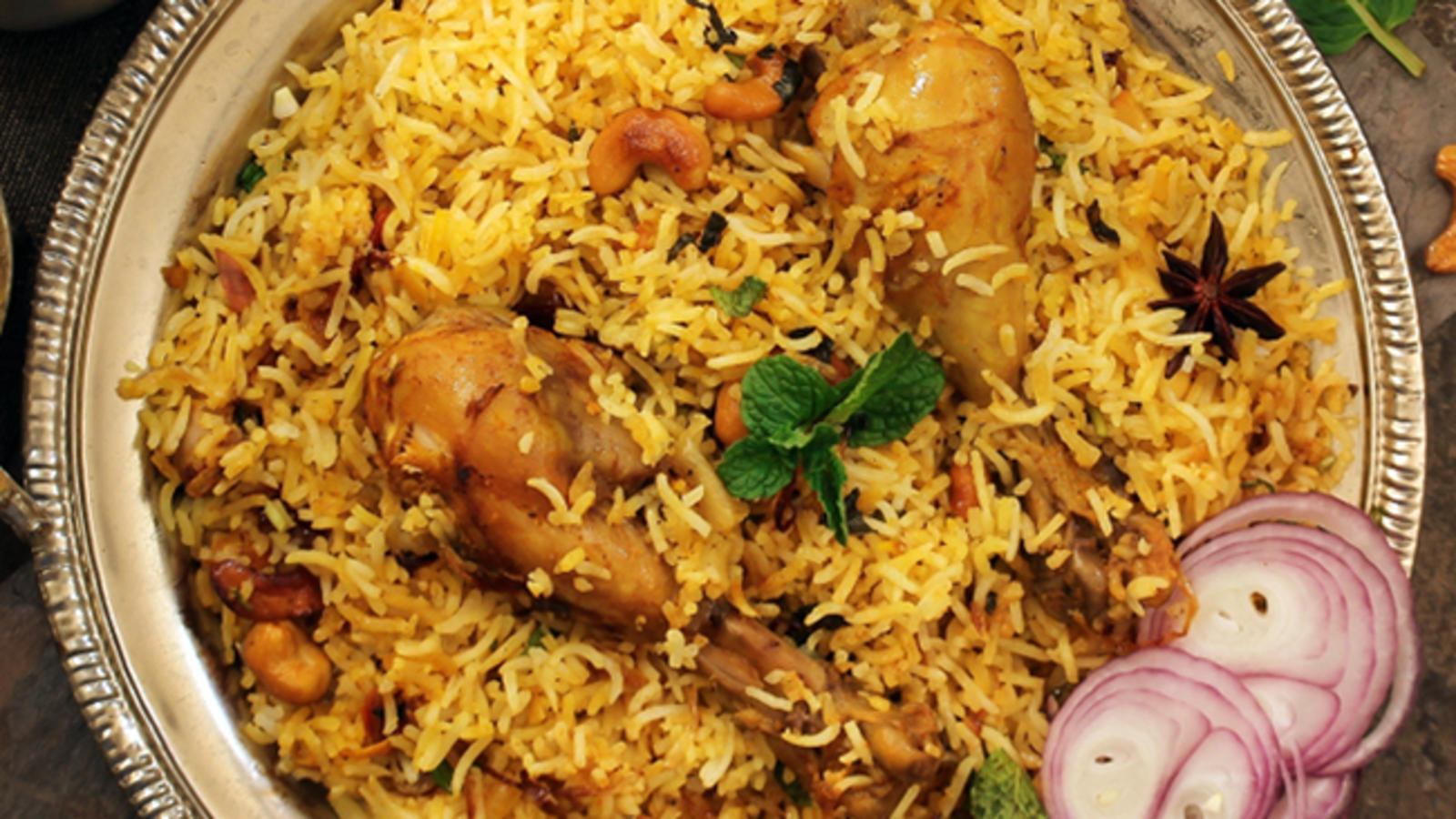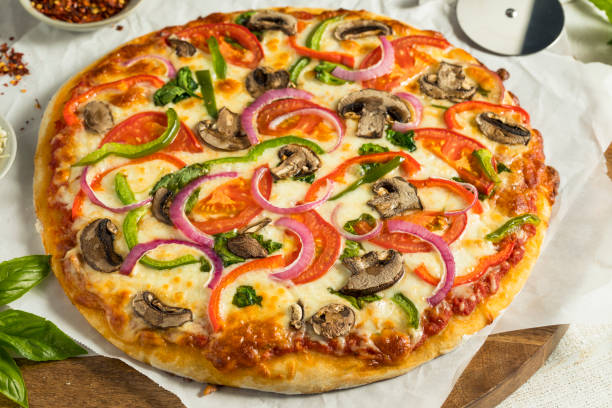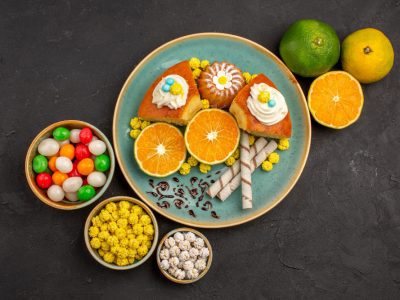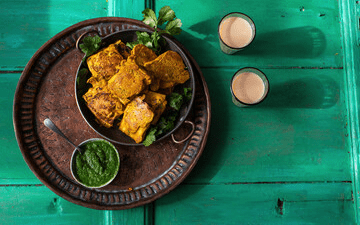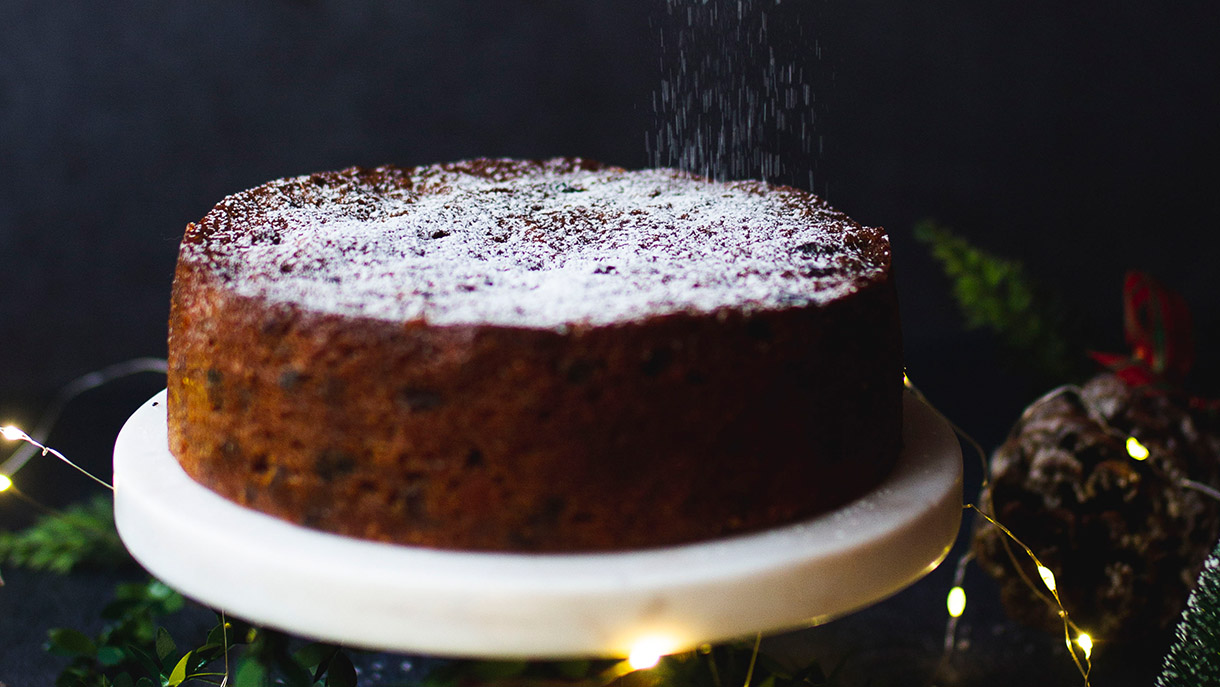Gulab Jamun for celebration is the best choice! An average Indian with functioning taste buds will always have the luscious Gulab Jamun in their top 10 list of desserts. The name ‘Gulab Jamun’ comes from the Persian and Urdu word ‘Gulab’, which means Rose, and Jamun, which is a species of tropical fruit native to India. Together, Gulab Jamun literally means ‘dipped in rose’.
Why this name? Apparently, the original recipe in ancient times used the dried apricot instead of the sweet curd balls we know today. The colour of the apricot supposedly resembles that of a rose. When using curd or yoghurt as a substitute for the apricot, the name remained the same.
Origin and evolution of the sweet golden orbs
- The perfect gulab jamun is a work of art! These little dough balls, made with chenna (or khoya) and knead with maida, are deep fry until they turn that perfect shade between gold and brown. The hot oil makes the sugar crystals in the batter form a crispy crust, while the Jamun’s fluffy centre stays tender and delicious.
- The use of solid milk and sugar gives it a unique flavour and irresistible hue. These scrumptious little balls are later dunk into sugar syrup which is flavouring with green cardamom and rose water, kewra or saffron.
- Voilà – delicious, melt-in-your-mouth gulab jamuns, just the way they should be!
- The sweet, fluffy gulab jamuns that we know and love today have evolved over time, as different cultures and customs have blended together. Each region has its own take on this classic dessert, reflecting the unique gastronomic history of that area.
- Gulab Jamun has its origin in Mughal India or Khurasan, and it became famous throughout India by the 16th century. This deliciousness is very much like an Arabic dessert Luqmat-Al-Qadi, which brought to India with the Mughal era. It was a royal sweet, and even today it is a delicacy, as it is time-consuming to make.
- Celebrated culinary historian Michael Krondl shares fascinating insights about the origins of this these delectable orbs in his book, The Donut: History, Recipes, and Lore from Boston to Berlin. He writes about how the delicious Persian invaders brought with them a “round fritter that eventually became gulab jamun”
Gulab Jamun for Celebration: The regional variations
- One of the most fascinating tales you come across is how ledikeni, a variant of Gulab Jamun popular in Bengal. Bhim Chandra Nag, Calcutta’s ace confectioner, to prepare a special sweet for Lady Canning in the late 1850s. He totally pulled it off, and so ledikeni (a mispronunciation of her name) was born!
- If you’re ever in Uttar Pradesh and your sweet tooth is calling, make your way to National Highway 24 near Maigalganj village in Lakhimpur. There you’ll find hundreds of shops serving up irresistibly fresh Gulab Jamuns in sturdy plates.
- Katangi’s famous Jhurre Ka Rasgulla dish is a real local treat! This unique dish cook in Katangi for over a hundred years and is several times the size of a regular gulab jamun. The locals use their own special recipe, with lots of delicious desi ghee. Once you’ve tried Jhurre Ka Rasgulla you’ll be hooked for life!
- Kumbakonam’s delicious dry Jamuns are definitely worth mentioning! The original recipe was developed and is still retained in the family-run Kumbakonam Murari Sweets. It is one of the must-buy items for tourists is the local cuisine, which has a shelf life of a week without refrigeration. If you’re ever in Kumbakonam, make sure to get your hands on some of their delicious dry Jamuns!
- Other versions of Gulab Jamun include sugar mixed into the dough. So resulting in a black colour after frying and is called Kala Jamun. Pantua is a variant of Gulab Jamun, which is made of balls soaked in sugar syrup. In another variant known as Gulab Jamun with a twist. However, the balls are not soaked in sugar syrup but are cooked in a gravy made of nuts and tomatoes. The dish is considered to be a festive dish, typically served as part of a larger meal.
Conclusion
Gulab Jamun for celebration over the years has become an essential part of the Indian culinary heritage, they are India’s favourite sweet dumplings. These sweet, delicious orbs are enjoyed throughout the year, but especially during festivals and celebrations. There’s always room for one more Gulab Jamun, so dig in!
